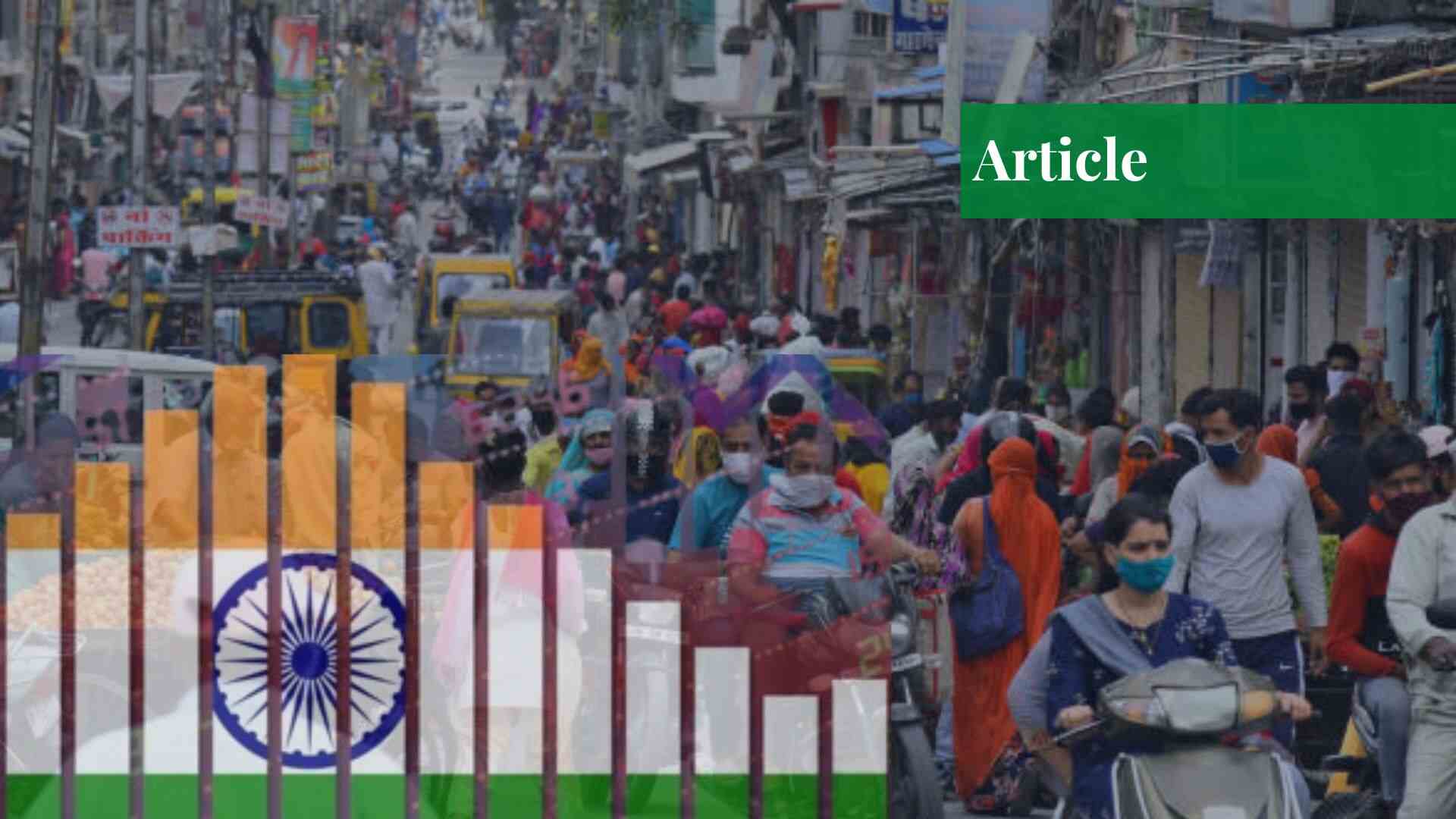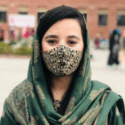Introduction
The Indian economic model is a rising phenomenon that has been the subject of news stories and discussions for over three decades. It’s been heralded as a sleeping giant, a prospective superpower, a huge unexplored market, and a nation at last taking back its rightful place in the world arena. But is it truly the bright success story that everyone seems to think it is? The disparities between growth statistics and the experiences that many citizens have daily clash with this image.
A complex picture of economic turmoil is painted by the intricate interaction of factors like rising debt, thriving inflation, falling labor productivity, rising unemployment, declining foreign direct investment (FDI), falling GDP, uneven growth, declining household savings, and higher debt-to-GDP ratios. There have been reports of ongoing poverty and deprivation, hazardous high pollution, urban deterioration, collapsing infrastructure, an overburdened legal system, and horrifying crimes committed in the name of caste and religion.
Social and Economic Imbalances
The Indian economic model focusing on liberalization, privatization, and globalization during the 1990s achieved impressive GDP growth, foreign investment, and a rising middle class. Yet, inequality widened, rural distress persisted, and job creation lagged. It’s known as income disparity in economics. Social and economic imbalances are fostered by this phenomenon, which widens the gap between the wealthy and the downtrodden.
India is among the most unequal nations in terms of wealth and income disparities, and it has also demonstrated the fastest rate of inequality growth. Over time, the fortunes of wealthy elites have skyrocketed, widening the disparity with the average Indian. An even more alarming statistic is that the wealthiest 1% account for 70% of wealth creation.
According to the Forbes billionaires list for 2023, Mukesh Ambani is the richest Indian with an estimated net worth of $83.4 billion. The average household wealth in India is predicted to be approximately Rs 25 lakh in 2023. With over 80% of jobs in the informal sector, it provides minimal benefits or security. The new wave of protests shows that farmers, the backbone of the country, are still burdened with low salaries, debt, and insufficient help.
Jobless Economic Growth
India’s GDP is tremendous, but it’s crucial to examine each one separately. According to an RBI analysis, household savings are at a 47-year low. 5.1% of GDP is made up of savings. This amount represented 25% of GDP at its peak in 2010. India is facing a job crisis; in October 2023, the country’s unemployment rate reached its highest level in over two years, with a rise in joblessness in rural areas.
The “jobless economic growth” is characterized by a lack of demand for traditional paid labor and the pink slips being given out by IT giants. Over the past 20 years, the nation’s unemployment rate has steadily climbed, rising from 2% in 2010 to 5% in 2015 and 6.1% in 2018. It was above 7% for the majority of 2021 and 2022, according to the Center for Monitoring Indian Economy. Nearly 30,000 people have lost their jobs in 111 startups due to funding crunch.

In the 2000s, GDP growth increased, but the employment growth rate did not, pointing to a phenomenon known as jobless growth. The overreliance of the Indian economic model on the informal sector is one of its main issues. Large informal sectors are generally undesirable since they are linked to low tax bases, unfavorable labor conditions, a lack of social protection, and inefficiencies brought on by their small size. As a result, governments everywhere want to shrink the extent of the informal economy by encouraging unregistered and unorganized businesses to become legitimate.
For far too many Indians, the economy is broken. The nation’s weak and uncompetitive manufacturing sector is the root of the issue. The manufacturing sector’s GDP share has decreased marginally to roughly 14% since the mid-1980s liberalizing measures, while it has increased to 25% in Vietnam and 27% in China. India lost 24 million manufacturing jobs between 2017 and 2021, despite Modi’s pledge to add 100 million new ones.
The employment challenge can no longer be met only through more rapid GDP growth; a separate policy focus is needed on employment. A country’s economic base is weakened by both declining GDP and a decline in foreign direct investment (FDI). India has had the lowest annual growth in foreign direct investment (FDI) in the past ten years.
FDI Trouble
FDI inflows into India have decreased over the previous four quarters. FDI decreased to $33 billion in the second quarter of 2023 from a peak of $70 billion in the same period in 2021. Between July 2020 and June 2021, India brought in $70 billion in FDI. There are headlines discussing deindustrialization. This is taking place because Modi’s “Make in India” campaign was well-publicized but poorly executed in practice. In addition, there is social unrest, tax terrorism, bureaucracy, etcetera.
According to Ashoka Mody’s “India is Broken,” the country’s economy is struggling. India’s broken state has consistently avoided facing its long-term problems. Now, instead of addressing its basic development deficiencies, policymakers are looking for magic solutions. The Indian economic model must prioritize inclusive growth. It should focus on reducing income disparities, providing equal opportunities, and addressing social issues such as gender inequality and caste discrimination.
To overcome these challenges, India needs comprehensive reforms that address systemic issues. This includes improving governance, promoting entrepreneurship, investing in human capital development, and fostering innovation across various sectors.
If you want to submit your articles, research papers, and book reviews, please check the Submissions page.
The views and opinions expressed in this article/paper are the author’s own and do not necessarily reflect the editorial position of Paradigm Shift.
Ms Jana Awez is a political science graduate from IIUI. She works as a Research & Media Analyst at ISPR.



